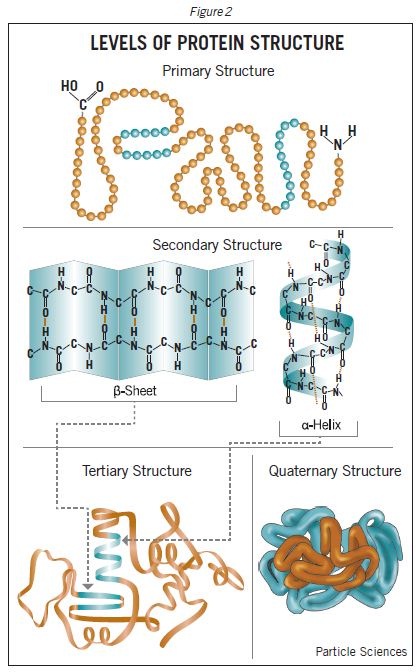
“RNA has catalytic capabilities and information that translates into proteins, but the building blocks of RNA don’t do much,” Krishnamurthy explained. However, scientists cast doubt on RNA World Theory for a variety of reasons, including a growing belief in RNA precursor insufficiency. The finding seemed to support RNA World Theory: ribozymes create protein chains by linking amino acids, and they’re involved in processes that enable RNA splicing and reproduction. In the 1980s, scientists discovered ribozymes, RNA enzymes that cause chemical reactions. RNA is simpler and more versatile than DNA, so many scientists believe RNA’s nucleic acids comprised life’s main building blocks, which later created proteins that gave rise to DNA. One popular idea about the emergence of life on Earth, RNA World Theory, was developed by scientists Carl Woese, Francis Crick, and Leslie Orgel in the 1960s. Instead of looking for a single needle, scientists are searching for pieces of infinite different needles and then trying to make sense of what they find. Given the massive time frame of this evolution and the lack of scientific consensus regarding early Earth conditions, trying to figure out the exact combination of chemicals and conditions leading to RNA and DNA is harder than searching for a needle in a haystack. Instead, myriad possibilities remain for how the stage was set for life, not to mention how life actually came to be. Given those constraints, “There can be no single solution,” says Krishnamurthy. The fundamental disagreement stems from difficulties of accurately deciphering early fossils, the rarity of those early fossils, the possibility of contamination from currently existing life, and potential analytical errors in their examination. Scientists agree that the creation of RNA and DNA requires ribose and nucleobases, but they disagree on “what is defined and universally accepted as prebiotically plausible conditions,” writes Krishnamurthy. Ramanarayanan Krishnamurthy of the Scripps Research Institute investigates possible chemical origins of both RNA and DNA, and his recent publication in Nature Communications raises an intriguing question: could RNA and DNA have arisen together, rather than one emerging before the other? Scientists have long tried to figure out the precursors to both RNA (ribonucleic acid) and DNA (deoxyribonucleic acid), as well as how the two emerged.

The origins of life on Earth remains one of science’s biggest mysteries.


 0 kommentar(er)
0 kommentar(er)
